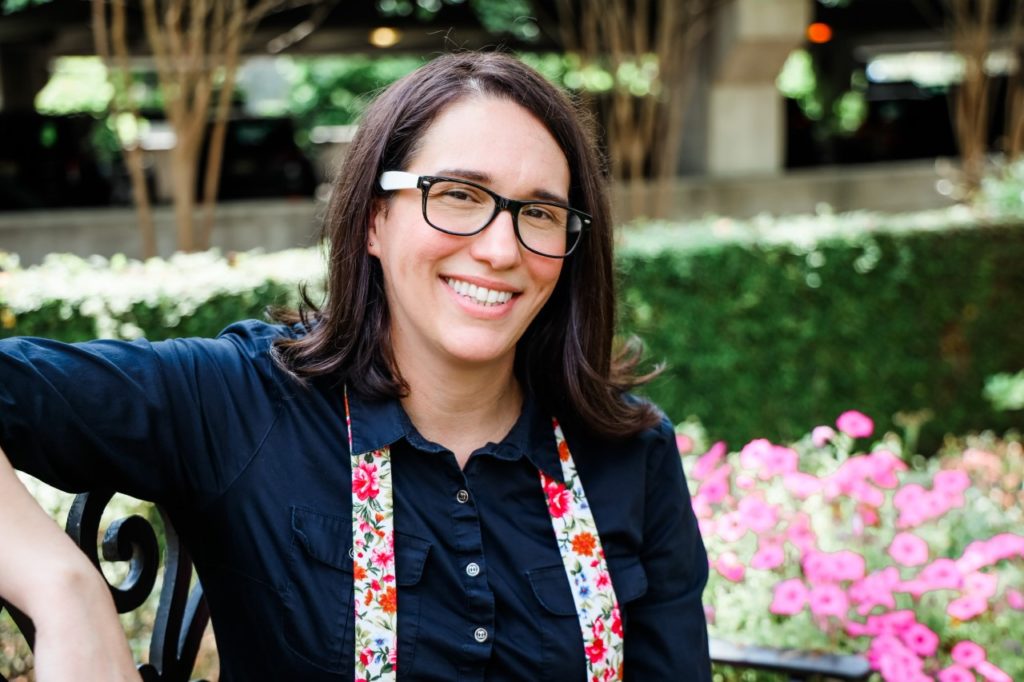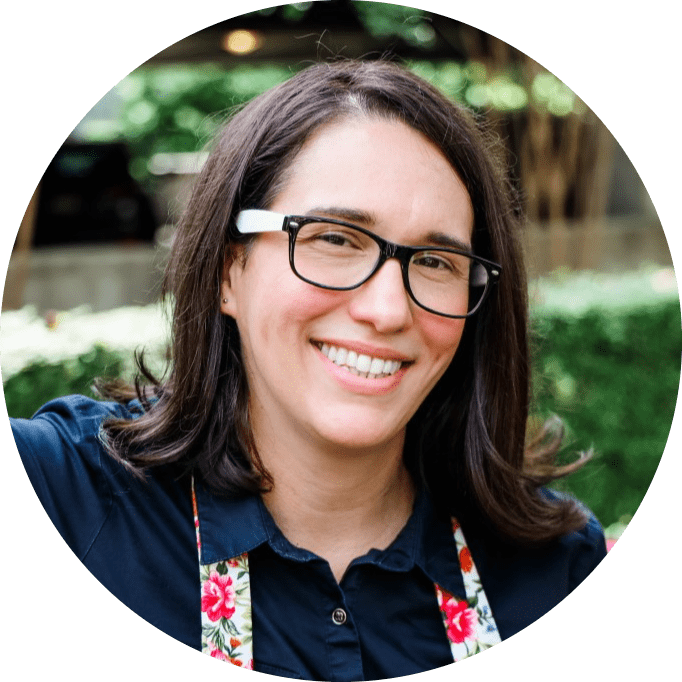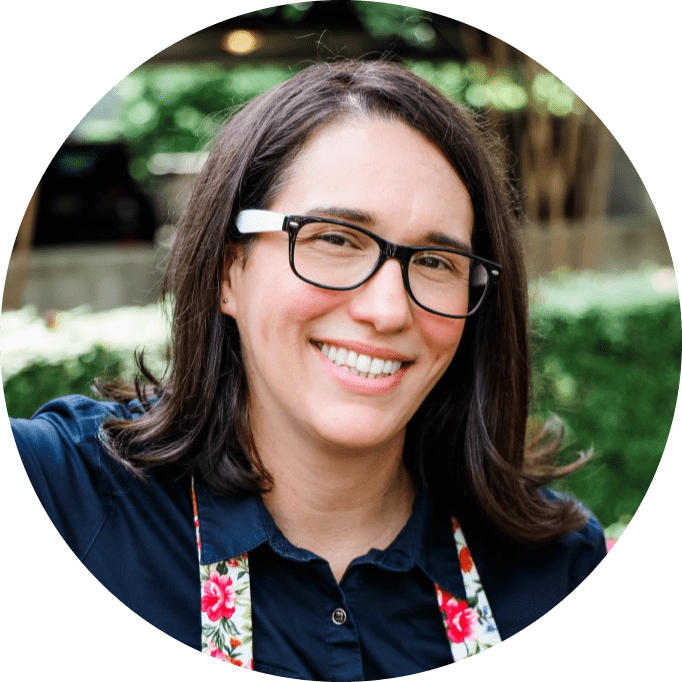How Customizing a Textbook Helped This Professor Illustrate Inclusivity
100
students taught per semester
$150
saved on a course textbook
B
Average class grade compared to Cs before using Top Hat

The Challenge
Closing equity gaps in an industry that has historically lacked diversity
As an interior design educator, Lindsay Tan long knew she was teaching in a discipline dominated by white, upper-middle class, cisgendered women. She was also acutely aware of the barriers that diverse students faced in her industry.
Tan, Associate Professor and Interior Design Program Coordinator at Auburn University, was determined to address the equity gap that prevented students of varied backgrounds from successfully navigating through her course and their higher ed experience. “Students aren’t my customers. They’re the future of my industry and deserve to be an active part of the conversation,” she says. One of the first steps she took was searching for a teaching platform that would celebrate diversity in her Introduction to Interior Design course. That step led her to Top Hat in Fall 2019, where she began using polls and discussions to gauge how students were faring.
Tan quickly realized that to create an equity-driven classroom, she needed to represent diverse identities in her textbook as well. Realizing how easy it was to host polls, she authored her own customizable textbook in Top Hat, which put representation at the forefront. Her textbook, Introduction to Interior Design, ensures all students have access to an inclusive learning experience from day one.
“Students aren’t my customers. They’re the future of my industry and deserve to be an active part of the conversation.”


The Solution
Designing an affordable, interactive learning experience
When the pandemic forced educators to pivot to online classes in March 2020, Top Hat became Tan’s “lifeline.” During this uncertain period, her fully digital and dynamic textbook responded to equity challenges that were now front and center. Students could directly charge their textbook fee to their student account, making it easier to receive financial aid. “She’s done everything in her power to reduce direct costs for us. She’s used platforms like Top Hat to get rid of the standardized way of learning and make learning more cohesive,” shared Zoe Sagon, a senior Interior Design student.
“Keep content hard, but make learning easy.” This is Tan’s mantra when it comes to helping students navigate course concepts. Using embedded ‘hints’ within her interactive text, Tan offers definitions of idioms or Latin phrases such as ‘per diem’ that students might not be familiar with. She also sees homework as an opportunity to mentor and guide students rather than police them, using assessment questions interspersed throughout chapters with little to no grade weight attached. Tan uses custom question banks to help reinforce key concepts in a low-stress manner before moving on. This teaching method allows students to skim through the text at their own pace—something Tan fully supports—while questions are used to make learning more applicable beyond the classroom.
The Results
Using equitable teaching materials to turn Cs into Bs
Improved engagement and comprehension levels were just the tip of the iceberg. Top Hat helped Tan put a bigger emphasis on student belonging at a time where students needed it most. “Professor Tan is always willing to talk with me not just about design but about life and my career. She always guides me on the right path and helps me weigh my options—that’s very unique,” shares Yemiah McDuffie, one of Tan’s students. As a result, at this year’s Top Hat Engage conference, Tan was nominated for and won the 2022 Most Innovative Educator Award.
As an added bonus, Tan noticed that building her course around student needs worked wonders when it came time for tests. She saw ‘C’ grades turn into ‘Bs’ throughout the term, thanks to a textbook that kept students on top of their own learning. Tan has also been able to save students $150 on their course textbook by using her own custom title—something this generation of diverse learners couldn’t be more thrilled about.









